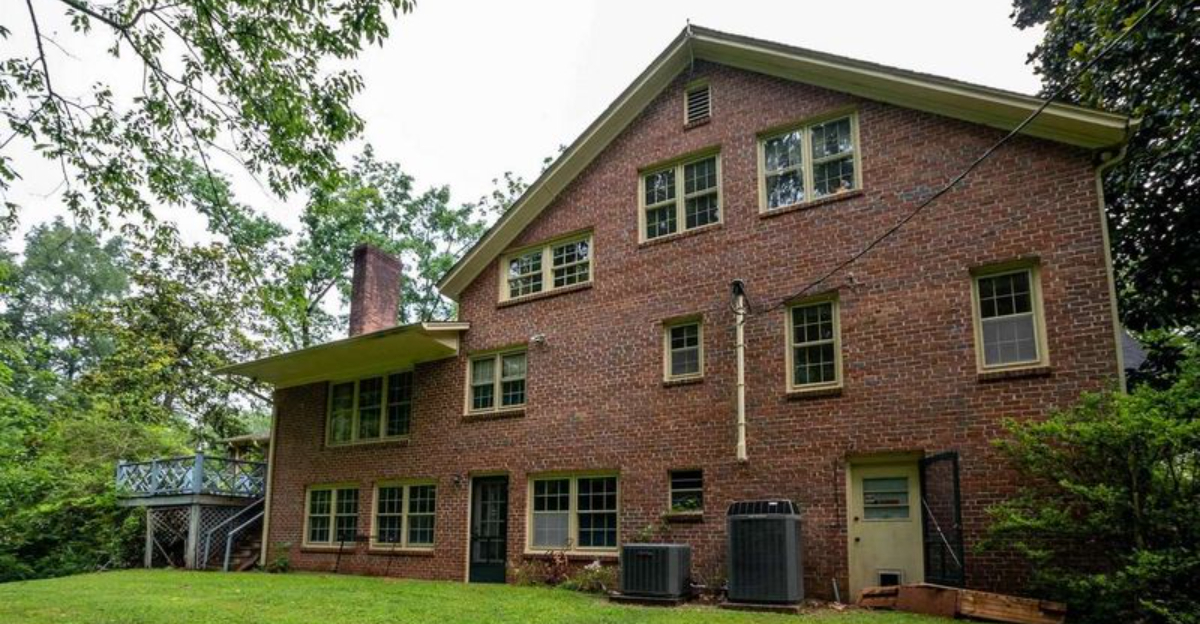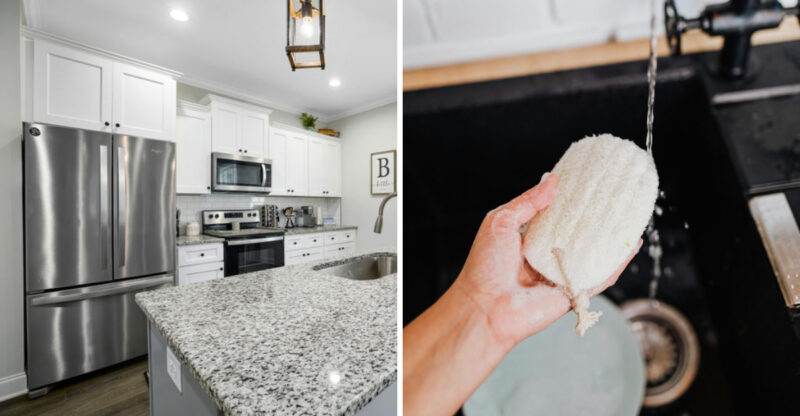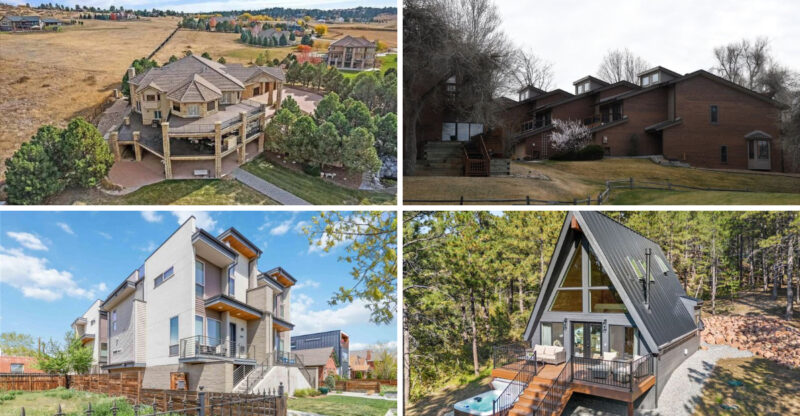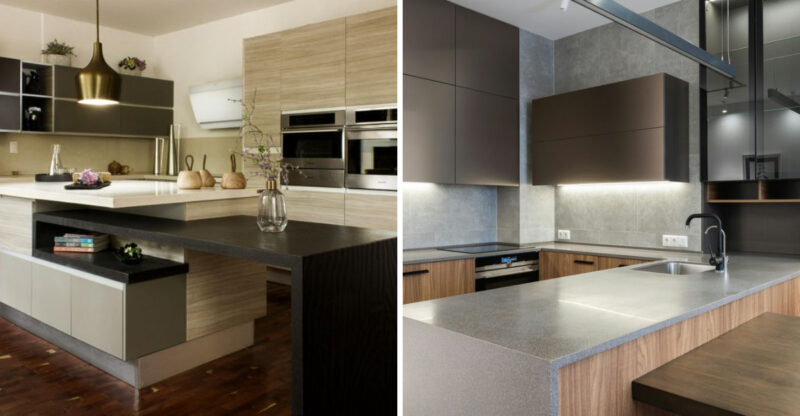Alabama Architectural Styles Expected To Decline By 2030

Alabama’s housing landscape is shifting fast, and not every style will survive the next decade. What worked for our grandparents might not cut it for today’s buyers who crave open spaces and energy-smart designs.
I’m taking you on a tour of architectural styles that are quietly fading from Alabama’s streets, from quirky split-levels to those massive McMansions everyone used to love.
Split-Level Homes
You know those houses with stairs everywhere? Split-levels are losing their charm because nobody wants to climb three steps just to reach the living room. Back in the 1960s and 70s, these multi-story wonders seemed super modern and space-efficient.
Today’s families prefer flowing, open layouts where everyone can hang out together. Those tiny separated rooms feel cramped and old-fashioned now. Plus, moving furniture between levels becomes a total workout nobody asked for!
Tuscan-Style Homes
Heavy Mediterranean vibes don’t quite match Alabama’s natural scenery, do they? Tuscan homes with their fancy terracotta roofs and elaborate stonework need constant attention in our humid climate. Rust stains, cracking stucco, and fading colors become expensive headaches over time.
Younger buyers are skipping these high-maintenance beauties for simpler styles. It’s like wearing a tuxedo to a backyard barbecue, technically impressive but totally out of place.
The dream of Italian countryside living just doesn’t translate well to Southern soil.
Pre-2000 Mobile Homes
Older manufactured homes are struggling to keep up with modern standards, plain and simple. Built before stricter codes existed, these structures often leak energy like a sieve and cost a fortune to heat or cool.
Their thin walls and outdated insulation make comfort nearly impossible during Alabama’s sweltering summers.
Repair costs pile up fast when you’re dealing with aging materials and systems. Many buyers would rather invest in newer construction than constantly patch up yesterday’s problems.
McMansions
Bigger isn’t always better, especially when it comes to these architectural Frankensteins. McMansions throw together random design elements like a kid mixing every cereal in the pantry, it’s just too much. Their enormous size means sky-high utility bills and endless rooms nobody actually uses.
Cleaning a 5,000-square-foot house gets old really fast, trust me. Maintenance costs alone could fund a nice vacation every year.
People now want quality over quantity, choosing thoughtfully designed spaces instead of empty square footage.
Overly Ornate Victorian Revival
All that fancy woodwork looks stunning until you realize it needs repainting every few years. Victorian Revival homes demand serious commitment with their intricate trim, detailed spindles, and elaborate flourishes everywhere.
Alabama’s humidity absolutely destroys delicate wooden details, causing rot and peeling paint faster than you can say “restoration project.”
Modern buyers prefer low-maintenance exteriors that still look great without constant fussing. Spending every weekend touching up trim work isn’t everyone’s idea of homeownership bliss!
Modern Farmhouse Fatigue
Shiplap walls and sliding barn doors are officially everywhere, and people are getting tired of the trend. What started as a fresh, rustic look has become as common as sweet tea at Sunday dinner. Those trendy barn doors don’t actually seal properly, letting in drafts and offering zero privacy.
Maintenance issues keep popping up with these supposedly simple designs. When every house on the block looks identical, the style loses its special charm. It’s time for something new and genuinely original!
Traditional Ranch-Style Homes
Long and low ranches with their tiny windows create cave-like interiors that feel gloomy all day. Built for privacy rather than light, these homes feature separated rooms that block natural sunshine from flowing through.
Today’s families want bright, airy spaces that connect to the outdoors, not dark hallways leading to isolated rooms.
That classic ranch floor plan feels more restrictive than cozy now. Opening up walls for renovations often costs more than buying a different house entirely!
Concrete Dome Bunkers
Sure, they can survive a tornado, but living inside feels like being in a permanent camping tent. Concrete domes promised safety and energy efficiency, yet they delivered weird layouts and moisture problems instead.
Water seepage creates perfect conditions for mold growth in Alabama’s damp climate, turning these shelters into health hazards.
Furniture placement becomes an impossible puzzle game with all those curved walls. Resale value tanks because most buyers want normal rectangular rooms, not circular challenges!
Shotgun Houses
Walk straight through from front door to back without turning—that’s the shotgun house experience. These skinny homes made sense for tight urban lots back in the day, but their railroad-style layout feels awkward now.
Privacy becomes impossible when you must walk through the bedroom to reach the bathroom or kitchen.
No hallways means no separation between spaces, which drives modern families crazy. Updating these narrow structures to include modern amenities rarely makes financial sense either!
Brick Box Colonials
Formal and boxy, these colonials look like they’re permanently dressed for a job interview. Symmetrical windows and centered doors create predictable designs that lack personality or warmth.
Brick exteriors require less maintenance than wood, but these houses often feel cold and institutional rather than welcoming.
Their rigid floor plans don’t adapt well to modern living preferences. Young buyers want homes with character and flexibility, not stuffy formality. It’s like choosing between a fun conversation and reading a dictionary!
A-Frame Chalets
Triangular homes belong in snowy mountains, not Alabama’s rolling hills and humid valleys. A-frames waste tons of space with those slanted walls where you can’t stand up straight or fit regular furniture. The novelty wears off quickly when you realize half your square footage is basically useless.
Heating and cooling these tall, peaked structures costs a fortune year-round. Plus, finding contractors familiar with maintaining these unusual designs becomes a frustrating treasure hunt. Quirky doesn’t always mean practical!
Mediterranean Mansions
Palm trees and stucco might work in Florida, but they look confused in Alabama’s landscape. These massive Mediterranean estates require constant upkeep, from cleaning those elaborate fountains to maintaining imported tile roofs.
Storm damage repairs cost exponentially more when you’re dealing with specialty materials and architectural details.
The style screams “trying too hard” rather than fitting naturally into Southern surroundings. Younger generations prefer authentic regional architecture that honors local building traditions instead of borrowed aesthetics.
Colonial Revival With Columns
Giant white columns might seem traditionally Southern, but they’re falling out of favor fast. These homes evoke uncomfortable historical associations that many modern Alabamians prefer to move beyond.
Maintaining those massive columns requires specialized cleaning and repair that costs serious money over time.
The formal, imposing style feels outdated compared to welcoming, casual designs today’s families prefer. Younger buyers want homes that reflect contemporary values, not replicas of problematic pasts. Architecture should look forward, not backward!
Raised Foundation Cottages
Homes on stilts made sense for flood-prone areas, but they create accessibility nightmares for everyone else. Climbing stairs every single time you enter your house gets old fast, especially when carrying groceries or dealing with mobility issues.
The space underneath often becomes a magnet for pests and storage clutter rather than useful living area.
Modern building techniques offer better flood protection without sacrificing ground-level convenience. These elevated cottages feel more like beach houses awkwardly transplanted inland!






